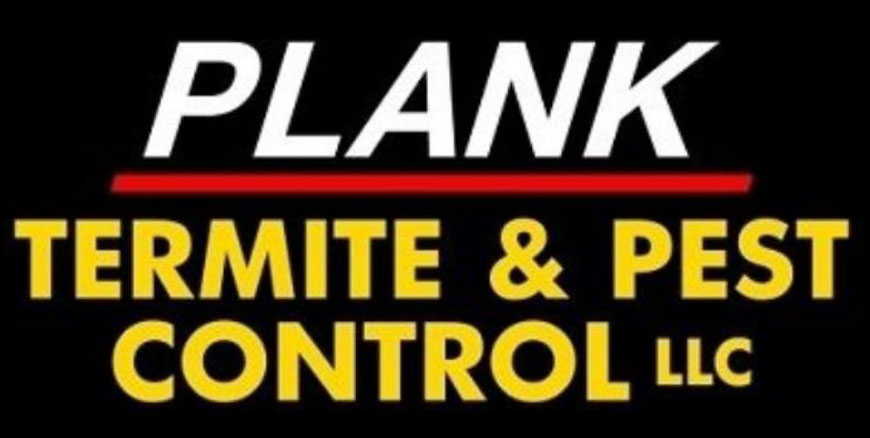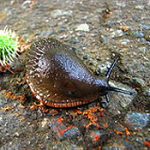Slug is a common name that is normally applied to any gastropod mollusc that lacks a shell, has a very reduced shell, or has a small internal shell. This is in contrast to the common name snail, which is applied to gastropods that have coiled shells that are big enough to retract into.
The soft, slimy bodies of slugs are prone to desiccation, so land-living slugs are confined to moist environments and must retreat to damp hiding places when the weather is dry. Slugs’ bodies are made up mostly of water, and without a full-sized shell, their soft tissues are prone to desiccation. They must generate protective mucus to survive. Many species are most active just after rain because of the moist ground. In drier conditions, they hide in damp places such as under tree bark, fallen logs, rocks, and man-made structures, such as planters, to help retain body moisture.
Slugs produce two types of mucus: one which is thin and watery, and another which is thick and sticky. Both kinds of mucus are hygroscopic. The thin mucus spreads from the foot’s centre to its edges, whereas the thick mucus spreads from front to back. Slugs also produce thick mucus which coats the whole body of the animal.
Many slug species play an important ecosystem role by eating dead leaves, fungus, and decaying vegetable material. Other species eat parts of living plants. Some slugs are predators and eat other slugs and snails, or earthworms. Most carnivorous slugs on occasion also eat carrion, including dead of their own kind.
Frogs, toads, snakes, hedgehogs, Salamanders, eastern box turtles, rats, Caecilians and also some birds and beetles are slug predators.
Slugs, when attacked, can contract their body, making themselves harder and more compact, and combined with the slippery mucus is more difficult for many animals to grasp. The unpleasant taste of the mucus is also a deterrent.
The great majority of slug species are harmless to humans and to their interests, but a small number of species are serious pests of agriculture and horticulture. They can destroy foliage faster than plants can grow, thus killing even fairly large plants. They also feed on fruits and vegetables prior to harvest, making holes in the crop, which can make individual items unsuitable to sell for aesthetic reasons, and which can make the crop more vulnerable to rot and disease.
As control measures, baits are the norm in both agriculture and the garden. In recent years iron phosphate baits have emerged and are preferred over the toxic metaldehyde, especially because domestic or wild animals may be exposed to the bait. The environmentally safer iron phosphate has been shown to be at least as effective as poisonous baits.[8] Methiocarb baits are no longer widely used.
Other slug control methods are generally ineffective, but can be somewhat useful in small gardens. These include beer traps,[9] diatomaceous earth, crushed eggshells, coffee grounds, and copper.

